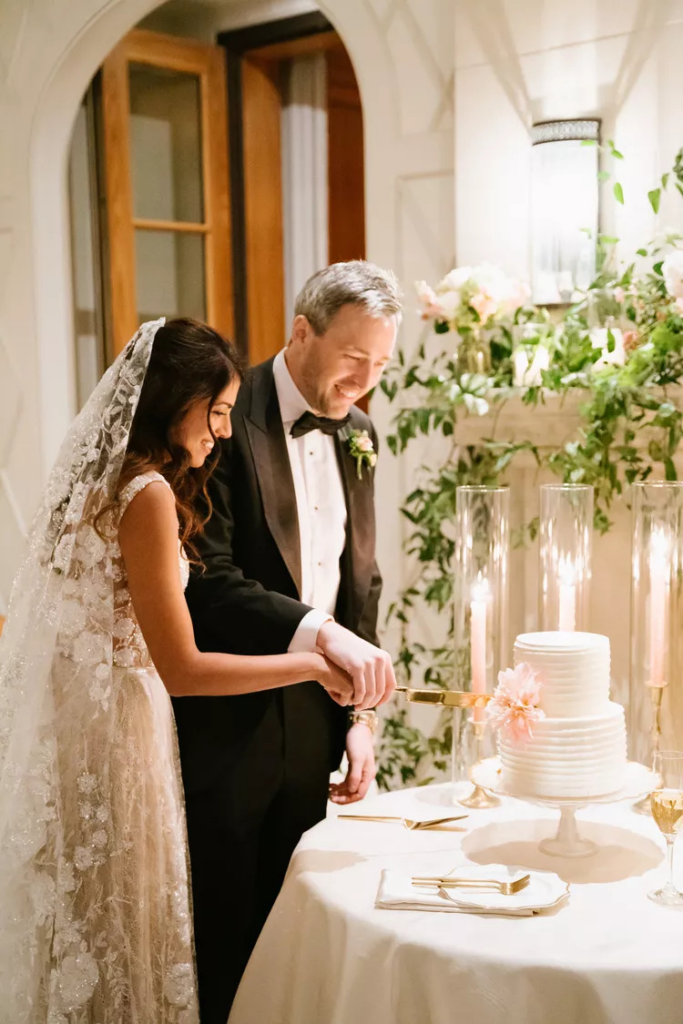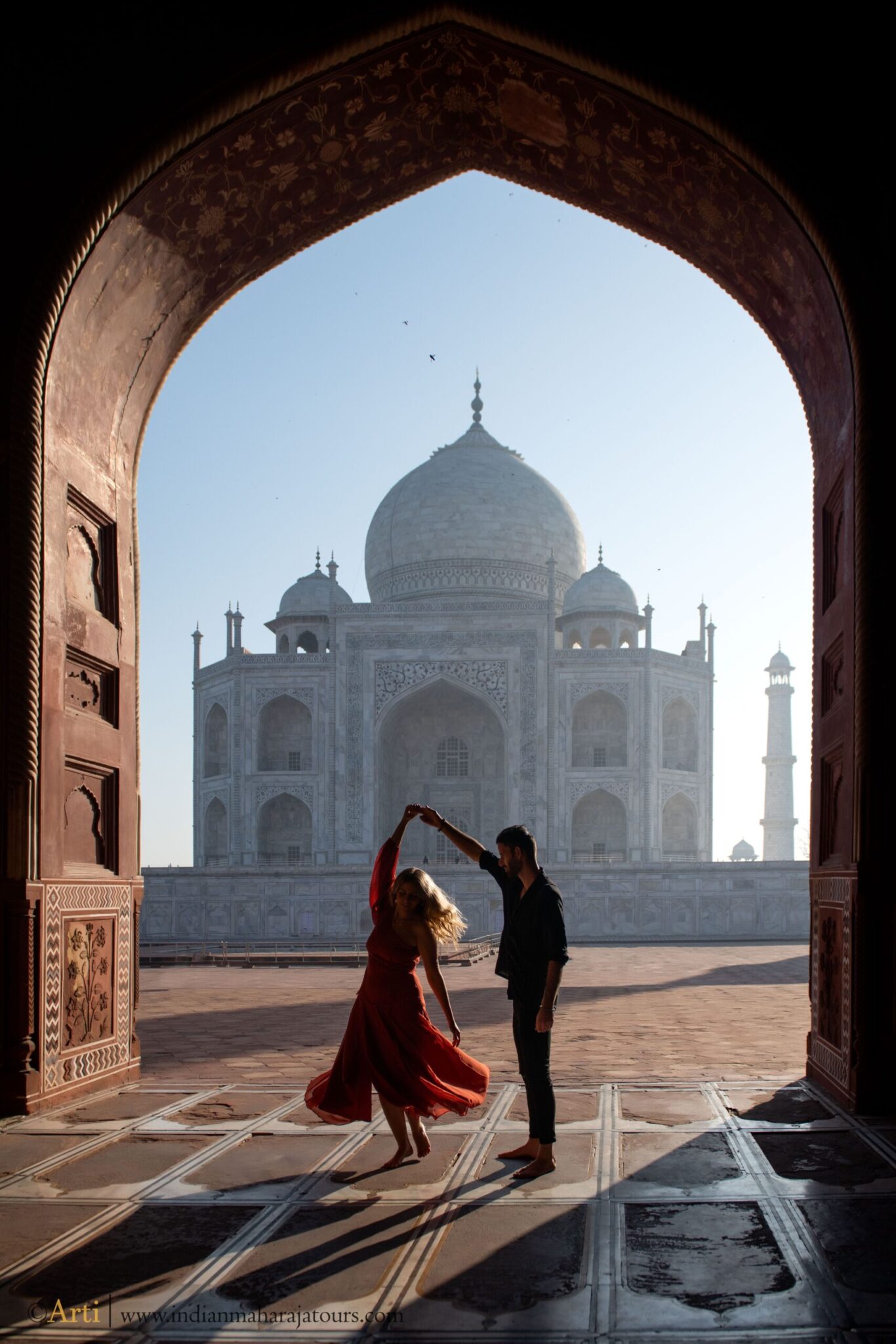Weddings are a celebration of love and commitment between two people. Every culture and religion has its own unique way of celebrating this union. Many wedding traditions have been passed down from generation to generation, but as society evolves, so do these traditions. Some are still relevant and meaningful, while others are now considered optional by couples. In this article, we will discuss the origins of wedding traditions, their significance, and which ones should be kept or tossed away like a bouquet.
Table of Contents
What Do They Mean?

Wedding traditions hold significant meaning, whether they be religious, cultural, or symbolic. The exchange of rings symbolizes the couple’s commitment and devotion to each other. The wedding veil symbolizes the bride’s modesty and purity. The unity candle or sand ceremony symbolizes the merging of two families into one. The wedding garter, worn by the bride and removed by the groom, is a symbol of fertility and good luck.
Which Are Still Present at Today’s Weddings?

Many wedding traditions have stood the test of time and are still present at today’s weddings. The exchange of rings, wedding vows, and the first dance as a married couple are still significant parts of most weddings. The wedding bouquet toss and the garter removal have become more of a fun tradition rather than a symbolic one.
Which Traditions Should Be Kept and Which Should Be Tossed Away?
The decision to keep or toss away wedding traditions ultimately lies with the couple. Some may choose to keep certain traditions because they hold personal or cultural significance, while others may opt to create their own unique traditions.
Traditions to Keep:

- The exchange of wedding rings – This tradition has been around for centuries and symbolizes the couple’s commitment and devotion to each other. The rings are a reminder of the promises made during the wedding ceremony and represent the couple’s love and commitment to each other. The circular shape of the rings symbolizes eternal love and the never-ending cycle of life.
- The first dance as a married couple – This tradition is a special moment for the couple to share and celebrate their union. It’s a time for the newlyweds to enjoy each other’s company and share a romantic moment together. The first dance is often chosen to be a meaningful song that represents the couple’s relationship and love for each other.

- The wedding vows – These promises are a significant part of the ceremony and express the couple’s love and commitment to each other. The vows are a personal expression of the couple’s love and are often written by the couple themselves. They can be traditional or unique and can include promises to support each other, to love and cherish each other, and to remain faithful.

- Cutting the cake – This tradition is a fun way to celebrate and share the sweetness of the day with family and friends. The wedding cake is often a centerpiece of the reception and cutting the cake together symbolizes the couple’s first task as partners in marriage. It’s also a tradition for the couple to feed each other a small piece of cake, which represents their commitment to provide for each other.

- Unity ceremony (candle or sand) – This tradition symbolizes the joining of two families into one. The unity candle or sand ceremony involves the couple lighting a candle together or pouring two different colored sands into a single container. This represents the coming together of two individuals and their families into a single, united family.
Traditions to Toss Away:

- Throwing rice – This tradition is based on an old pagan belief that throwing grains or seeds would bring fertility and prosperity. However, throwing rice can be harmful to birds and other wildlife, and many venues do not allow it. Alternatives like flower petals or bubbles can be used instead.

- The bouquet toss – This tradition involves the bride tossing her bouquet to a group of single women. The woman who catches the bouquet is said to be the next to get married. However, this tradition can make single guests feel uncomfortable or excluded. Instead, the couple can choose to simply give the bouquet to someone special, like the bride’s mother or grandmother.

- The garter toss – This tradition involves the groom removing the bride’s garter and tossing it to a group of bachelors. The man who catches the garter is said to be the next to get married. However, this tradition can also make guests feel uncomfortable, particularly in conservative cultures. If you’re up for the single men bidding to get wedded, we say go for it!

- The “giving away” of the bride – This tradition stems from a time when women were seen as property. The bride’s father would walk her down the aisle and “give her away” to her new husband. However, this tradition can be seen as just that “traditional” and not for everyone. Instead, the bride and groom can walk down the aisle together or with both parents, siblings, friends, or simply on their own.

- Matching bridesmaid dresses – This tradition involves the bridesmaids all wearing the same dress. However, this can be expensive and often results in dresses that are never worn again. Instead, brides can choose a color palette or let their bridesmaids choose their own dresses that suit their style and body type. This can create a more cohesive look while still allowing each bridesmaid to feel comfortable and confident.
Wedding traditions have evolved over time, but their significance remains. They are a way to honor cultural and religious beliefs, as well as symbolize the couple’s commitment and love for each other. Some traditions have become less popular, whilst others are more considered, as fun and memorable tradition, rather than a symbolic ones. As couples plan their weddings, they should consider which traditions they want to keep or toss away and create their own unique way of celebrating their love and commitment.
READ MORE: How Are Gen Z Planning Their Weddings? What Is Important to Them?

